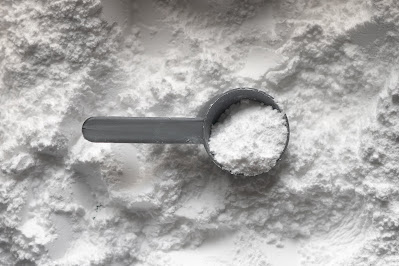
Isophthalic acid, an organic/colorless solid, is an isomer of phthalic acid and terephthalic acid. Commercially, this organic compound is used in the production of polyethylene terephthalate copolymer that is used in the production of bottle resins and fibers, to a much lesser extent. This non-toxic acid is also used as a precursor to commercially important polymers. Properties of isophthalic acid, such as high glass transition temperature and excellent hardness offer improved chemical, humidity, stain, and corrosion resistance.
Therefore, isophthalic acid is widely used in coatings for industrial maintenance, aerospace, automotive, general metal, and coil coating applications. Moreover, this acid is widely used in the production of various important polymers, such as a high-performance polymer, named polybenzimidazole. Furthermore, properties of isophthalic acid, such as corrosion resistance, glossiness, stain resistance, hardness, hydrolytic stability, and ability to easily process, make it highly useful in a wide range of applications.
It can be used to manufacture corrosion-resistant tanks, pipes, and fiberglass-reinforced plastics that are used in coatings, marine, and automotive industries. Due to the aforementioned properties, isophthalic acid is highly preferred for coating by these industries. Moreover, isophthalic acid is utilized as a key ingredient used in the production of polyethylene terephthalate (PET) resins. Thus, with the increasing production of PET bottle resins, the demand for isophthalic acid is also increasing at a rapid pace.
In North America, PIA consumption will continue to grow, driven primarily by the opening of a new large-scale PET bottle resin facility in the United States. This in turn is expected to increase the demand for isophthalic acid in this region. However, few alternatives are available in the market, such as polybasic acids or anhydrides including trimellitic anhydride, phthalic anhydride, adipic acid, terephthalic acid, and secondary diols such as cyclohexanedimethanol and diethylene glycol. This in turn is expected to hinder the demand for isophthalic acid.
